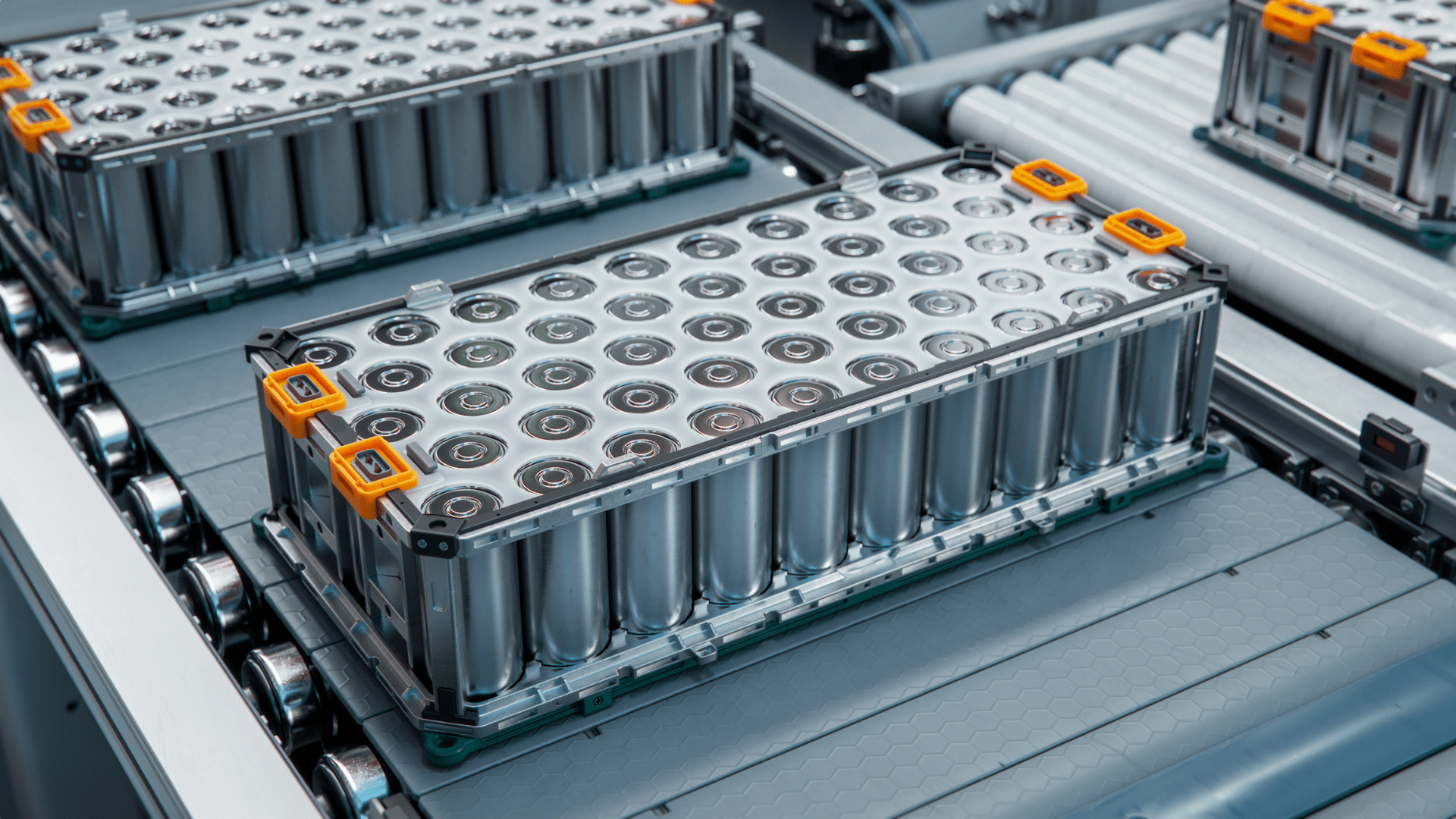Science
Stanford Team Unlocks New High-Energy State for Iron Batteries

A team of researchers from Stanford University has achieved a significant breakthrough in battery technology by discovering a method to elevate iron into a higher-energy state than previously thought possible. This innovation could transform the landscape of energy storage, particularly in the development of more affordable and efficient batteries, potentially replacing cobalt- and nickel-based alternatives.
The study, published in March 2024 in the journal Nature Materials, reveals that iron can release and reabsorb more electrons than scientists previously believed feasible. The research team, led by PhD students Hari Ramachandran, Edward Mu, and Eder Lomeli, worked collaboratively with 23 researchers from various universities and national laboratories across the United States, as well as partners in Japan and South Korea.
Innovative Techniques Yield Results
The key to this advancement lies in the manipulation of a compound composed of lithium, iron, antimony, and oxygen. By arranging the material at the nanoscale, the researchers enabled iron atoms to give up and take back as many as five electrons, a significant increase compared to the typical two or three electrons that iron has been known to handle.
Ramachandran and Mu initially faced challenges when their early samples collapsed during charging cycles. They discovered that reducing the size of the material’s particles to between 300 and 400 nanometers—approximately 40 times smaller than previous attempts—was critical. “Making the particles very small turned out to be a challenge,” Ramachandran explained. The team eventually succeeded in growing their crystals from a precisely mixed liquid solution.
In their electrochemical tests, the material demonstrated the ability to maintain structural integrity while allowing iron to reversibly discharge and absorb five electrons during charging cycles. This stability was pivotal in confirming the material’s potential for future applications.
Shifting Perspectives on Iron in Battery Science
Iron’s resurgence in battery technology signals a pivotal change in how scientists view this common metal. Once regarded as too low-voltage for advanced energy storage, iron-based cathodes are now being recognized as sustainable alternatives to cobalt, which is often expensive and mined under hazardous conditions. Mu stated, “A high-voltage, iron-based cathode could avoid the tradeoff between higher voltage and higher-cost metals that previously dominated cathode materials.”
The concept of pushing iron to higher oxidation states was first theorized in 2018 by former Stanford PhD student William Gent. Although Gent was unable to complete his experiments, the current team has successfully advanced this idea. Their early tests at the SLAC-Stanford Battery Center showed that the lithium-iron-antimony-oxygen compound retained its structural stability, bending without breaking during charge cycles.
Co-lead author William Chueh noted that “scientists have rarely reported high-voltage iron-based materials.” The detailed electronic structure exploration conducted by the team provides conclusive evidence of oxidation states beyond three electrons, expanding the potential applications for iron in energy storage and other technologies.
This discovery not only paves the way for the development of more efficient batteries but also has implications for various technologies reliant on magnetic and electronic properties, including magnetic resonance imaging (MRI) machines, maglev trains, and superconductors. The team’s work marks a significant step towards a future where energy storage is both economically viable and environmentally sustainable.
-

 Science2 weeks ago
Science2 weeks agoIROS 2025 to Showcase Cutting-Edge Robotics Innovations in China
-

 Politics2 weeks ago
Politics2 weeks agoJudge Considers Dismissal of Chelsea Housing Case Citing AI Flaws
-

 World2 weeks ago
World2 weeks agoBravo Company Veterans Honored with Bronze Medals After 56 Years
-

 Lifestyle2 weeks ago
Lifestyle2 weeks agoStone Island’s Logo Worn by Extremists Sparks Brand Dilemma
-

 Health2 weeks ago
Health2 weeks agoStartup Liberate Bio Secures $31 Million for Next-Gen Therapies
-

 Top Stories2 weeks ago
Top Stories2 weeks agoIndonesia Suspends 27,000 Bank Accounts in Online Gambling Crackdown
-

 Health2 weeks ago
Health2 weeks agoTop Hyaluronic Acid Serums for Radiant Skin in 2025
-

 Sports2 weeks ago
Sports2 weeks agoMel Kiper Jr. Reveals Top 25 Prospects for 2026 NFL Draft
-

 World2 weeks ago
World2 weeks agoHoneywell Predicts Record Demand for Business Jets Over Next Decade
-

 Lifestyle2 weeks ago
Lifestyle2 weeks agoMary Morgan Jackson Crowned Little Miss National Peanut Festival 2025
-

 Sports2 weeks ago
Sports2 weeks agoYamamoto’s Mastery Leads Dodgers to 5-1 Victory in NLCS Game 2
-

 Science2 weeks ago
Science2 weeks agoArizona State University Transforms Programming Education Approach









